Diverse Flavor Profiles
The Canned Soup Market is witnessing a transformation in flavor offerings, as consumers increasingly seek diverse and exotic tastes. Traditional flavors are being complemented by international cuisines, reflecting a growing interest in culinary exploration. In 2025, it is anticipated that the market for unique flavor profiles will expand significantly, with a projected increase of 15% in sales of specialty soups. This trend suggests that consumers are not only looking for convenience but also for an enhanced eating experience. Manufacturers are thus innovating to include ingredients such as spices and herbs from various cultures, thereby enriching the Canned Soup Market with a variety of options that cater to adventurous palates.
Health and Wellness Trends
The Canned Soup Market is increasingly influenced by the growing health and wellness trends among consumers. There is a marked shift towards products that offer nutritional benefits, with many consumers seeking soups that are low in sodium, high in fiber, and made from organic ingredients. In 2025, it is projected that the demand for healthier canned soup options will rise by approximately 25%. This shift is indicative of a broader awareness regarding dietary choices and their impact on health. As consumers become more discerning, manufacturers in the Canned Soup Market are responding by reformulating recipes and introducing new lines that cater to these health-conscious preferences.
Convenience and Time-Saving
The Canned Soup Market is experiencing a surge in demand due to the increasing preference for convenience among consumers. Busy lifestyles and the need for quick meal solutions drive the popularity of canned soups. In 2025, it is estimated that nearly 60% of consumers prioritize ready-to-eat meals, which positions canned soups as an ideal option. The ability to store these products for extended periods without compromising quality further enhances their appeal. As more individuals seek to balance work and personal life, the convenience factor becomes a pivotal driver in the Canned Soup Market. This trend is likely to continue, as the fast-paced nature of modern living shows no signs of abating.
E-commerce Growth and Online Shopping
The Canned Soup Market is experiencing a notable shift towards e-commerce, driven by the increasing popularity of online shopping. In 2025, it is projected that online sales of canned soups will account for approximately 30% of total market sales. This trend is largely influenced by the convenience of home delivery and the ability to access a wider variety of products. As consumers become more accustomed to purchasing groceries online, the Canned Soup Market is adapting by enhancing its digital presence and optimizing supply chains for e-commerce. This shift not only broadens market reach but also caters to the evolving shopping preferences of consumers.
Sustainability and Eco-Friendly Packaging
The Canned Soup Market is increasingly aligning with sustainability initiatives, as consumers become more environmentally conscious. There is a growing demand for products that utilize eco-friendly packaging and sustainable sourcing practices. In 2025, it is expected that the market share of sustainably packaged canned soups will rise by 20%. This shift is indicative of a broader trend where consumers are willing to pay a premium for products that align with their values regarding environmental responsibility. As a result, manufacturers in the Canned Soup Market are investing in sustainable practices, which not only appeal to eco-conscious consumers but also enhance brand loyalty.


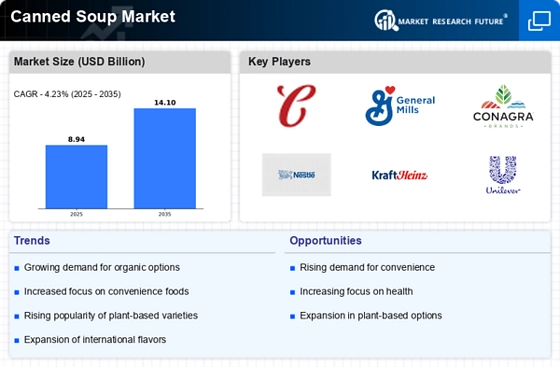
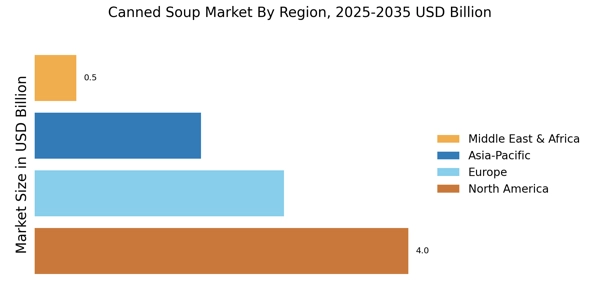

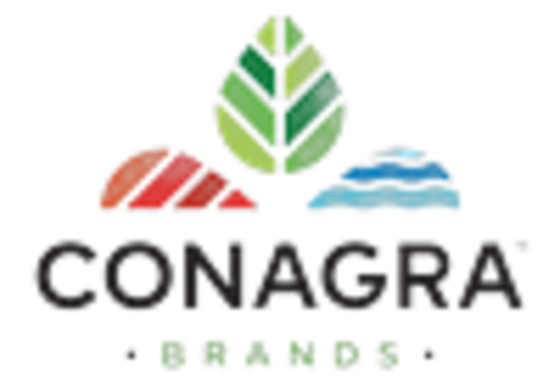
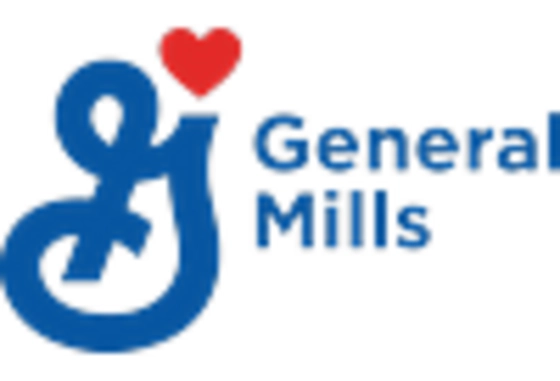
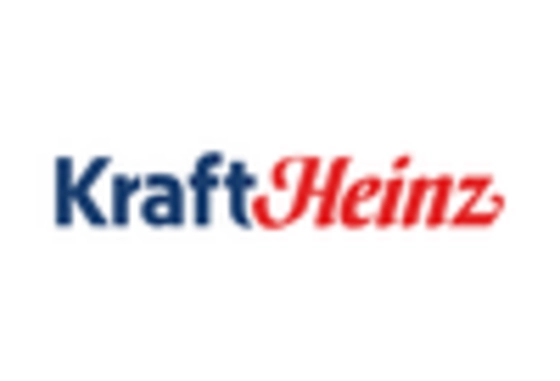
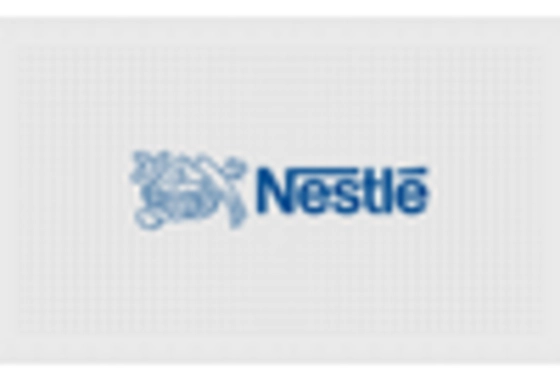
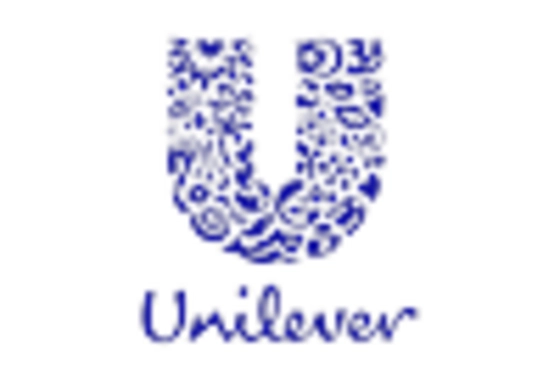








Leave a Comment